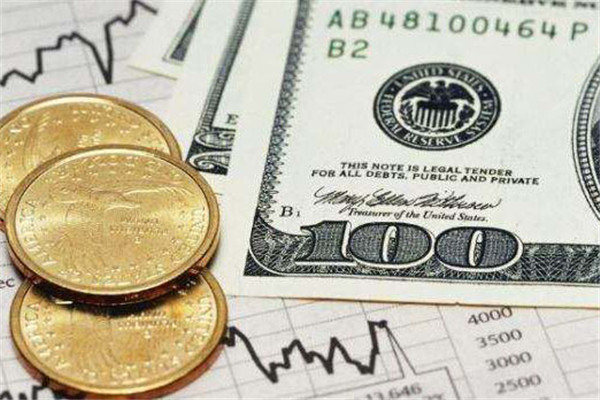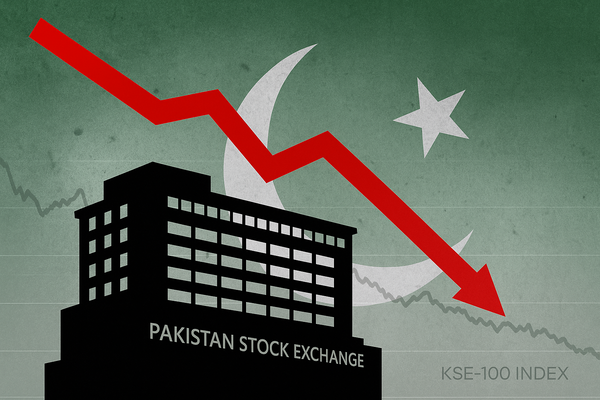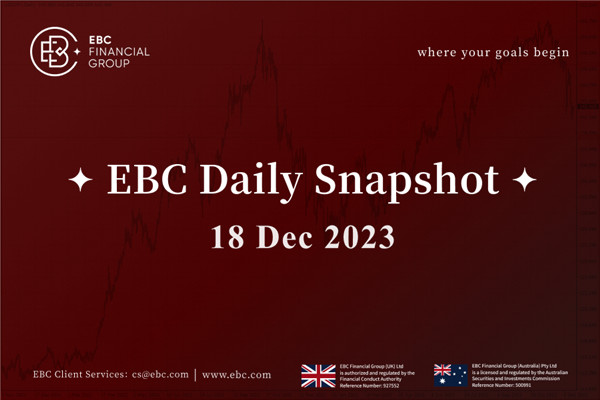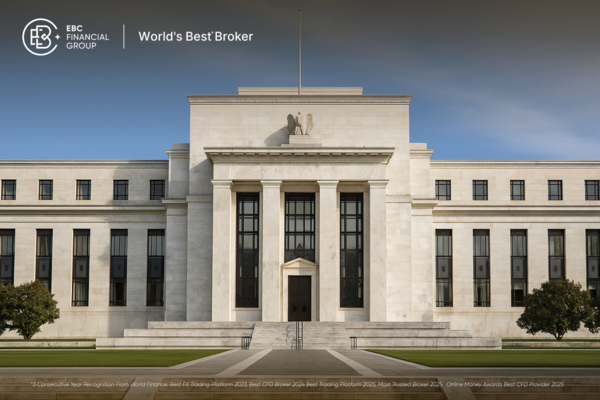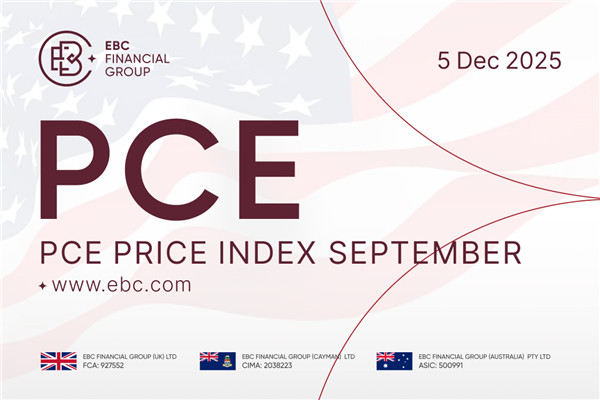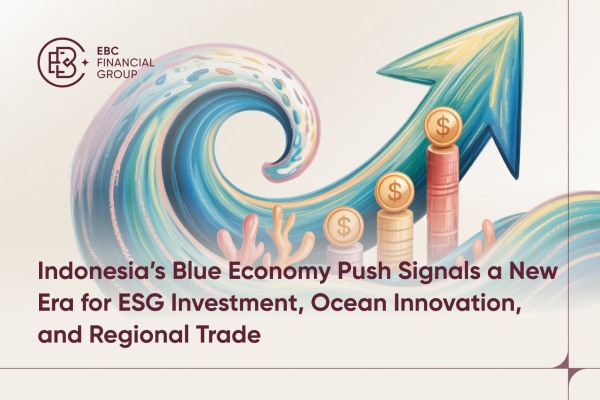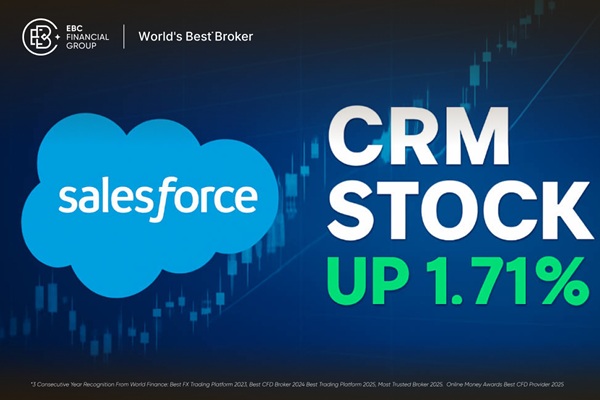In the stock market, tracking failures is a common occurrence. When the
banker flees the market, your profits may quickly turn into losses. In this
situation, the wise choice is to acknowledge the failure and quickly take
stop-loss measures. However, stopping losses has always been a hesitant issue
for investors. Many investors are worried that if they stop losing and the
market turns around, will they lose money? But if the loss is not stopped, the
risk will continue to accumulate, which may lead to greater losses or even
losing everything. This is precisely where retail investors find it most
difficult to grasp the stock market.
It is said that the greatest traders in the world follow a principle called
the crocodile rule. To become a successful trader, one must repeatedly train
oneself to understand this principle. This principle is like: if a crocodile
bites your foot, you will struggle desperately and only sink deeper. In this
situation, the only way out is to give up one foot to save one's life. Applying
this rule to the market means that if your trading errors result in losses and
the losses continue to expand beyond your expectations, then perhaps you should
leave the market as soon as possible instead of trying to average costs by
adding positions. The purpose of stopping a loss is precisely to protect your
principal, preferring to sacrifice some small profits rather than risk losing
all of your principal.
In the actual trading process, many people may miss out on the opportunity to
make money by stopping losses too early, but this will not cause significant
losses to themselves. However, a wrong decision or not being willing to stop a
loss can lead to serious losses or even loss of principal. Many investors get
into trouble when stocks fall because they have the misconception that as long
as they don't sell, they won't lose money. But in fact, during the process of
stock decline, your account's market value is in a loss state, and if you hold
it for too long, the loss will only continue to expand.
Usually, when the loss is between 10% and 25%, the risk is relatively small.
When the loss is between 30% and 45%, it is already quite dangerous. And with a
loss of over 50%, there is almost no chance of recovering the principal. Because
when the loss is between 10% and 25%, you need a 13% to 48% increase in
principal to make up for the loss. When the loss is between 30% and 45%, a 45%
to 78% increase in principal is required. When losing 50%, the principal needs
to be doubled. When the loss reaches 80%, a nearly four-fold increase in
principal is required. This number is deeply alarming.
Stop-loss is the only feasible way to track failures. So how do you
reasonably set a stop loss? Firstly, determine the stop-loss point based on
one's own affordability. If you can withstand a loss of 10% or 20%, then when
the loss reaches this level, do not hesitate, stop the loss decisively, and do
not consider anything else. Once the loss is stopped, slowly consider the next
strategy.
Disclaimer: This material is for general information purposes only and is not intended as (and should not be considered to be) financial, investment or other advice on which reliance should be placed. No opinion given in the material constitutes a recommendation by EBC or the author that any particular investment, security, transaction or investment strategy is suitable for any specific person.
